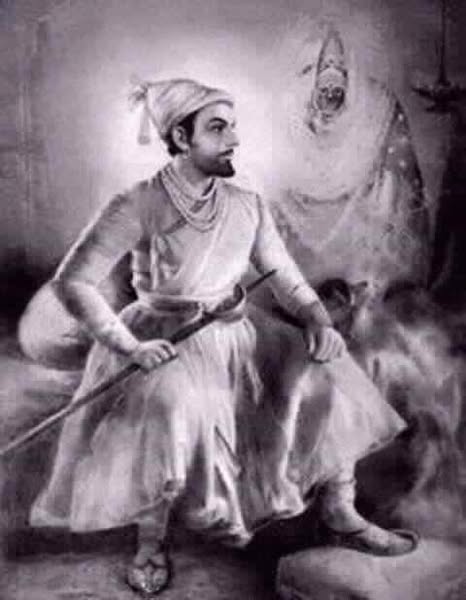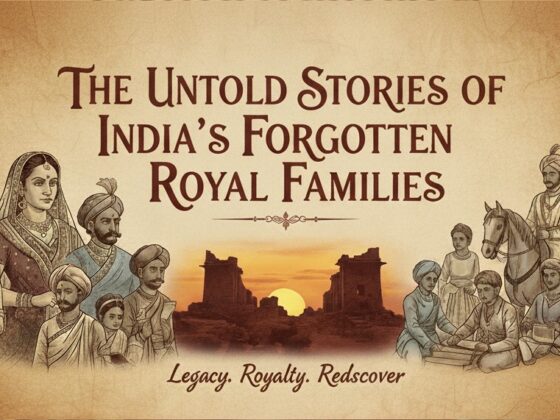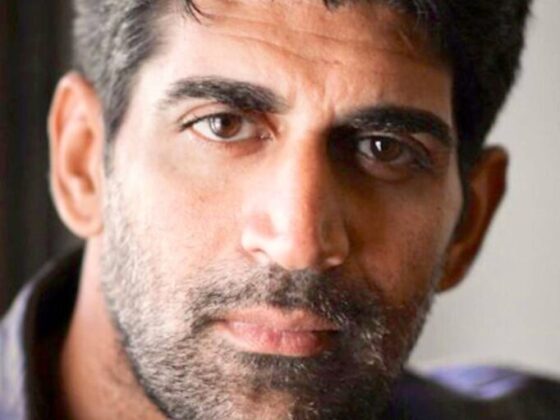96 Kuli Maratha Kshatriyas: A Legacy of Valor and Tradition

Unveiling the Legacy of the 96 Kuli Maratha Kshatriyas – Warriors, Leaders, and Protectors of Indian Heritage.
Introduction
The 96 Kuli Maratha Kshatriyas stand as one of the most esteemed warrior clans in Indian history. Rooted in a rich tradition of valor, military prowess, and administrative excellence, this community played a crucial role in shaping India’s past, especially during the reign of the Maratha Empire. With a lineage that traces back to legendary rulers and warriors, the 96 Kuli Marathas continue to uphold their heritage while contributing to modern society.
This article delves into their historical significance, social structure, customs, and contemporary influence, offering a comprehensive insight into their glorious past and enduring legacy.
Who Are the 96 Kuli Maratha Kshatriyas?
The 96 Kuli Maratha Kshatriyas are a martial community within the broader Maratha caste, primarily found in Maharashtra, Karnataka, Madhya Pradesh, and other parts of India. The term “96 Kuli” refers to the 96 clans that form the foundation of this warrior group. Each of these clans traces its lineage to ancient Kshatriya dynasties, emphasizing their noble ancestry and warrior ethos.
Historically, the 96 Kuli Marathas were responsible for protecting kingdoms, leading military campaigns, and governing vast territories under the leadership of Chhatrapati Shivaji Maharaj. Their dedication to self-rule and resistance against foreign invasions cemented their place in Indian history.
Historical Significance and Role in the Maratha Empire
The rise of the Maratha Empire under Chhatrapati Shivaji Maharaj was significantly fueled by the support and leadership of the 96 Kuli Maratha Kshatriyas. Their unparalleled courage and strategic acumen enabled them to challenge the dominance of the Mughal Empire and establish Maratha supremacy across India.
- Military Excellence: The 96 Kuli Marathas played a key role in significant battles, including the Battle of Pratapgarh (1659) and the Battle of Panipat (1761). They served as generals, warriors, and strategic advisors in the Maratha military.
- Governance and Administration: Apart from their military contributions, they also excelled in governance. Many leaders from this community managed administrative affairs efficiently, ensuring economic and social stability in the regions under Maratha control.
- Expansion of the Maratha Empire: Their relentless efforts contributed to the expansion of Maratha influence from Maharashtra to northern and southern India, leaving a lasting impact on Indian history.
Clan System and Social Structure
The 96 Kuli Marathas are divided into 96 distinct clans, each with its unique identity and heritage. Some of the most prominent clans include:
- Bhosale – The ruling clan of Shivaji Maharaj
- Shirke – Known for their military prowess
- Jadhav – Influential in administration and governance
- Shinde (Scindia) – Played a major role in northern India
- Gaikwad – Established powerful rule in Baroda
Each clan adheres to strong traditions of kinship, honor, and service, ensuring their historical legacy remains intact across generations.
Cultural Heritage and Traditions
The 96 Kuli Marathas take great pride in preserving their cultural identity. Their traditions reflect their warrior past and deep-rooted connection to Hindu customs.
- Festivals and Celebrations:
- Shiv Jayanti: Celebrated in honor of Chhatrapati Shivaji Maharaj.
- Gudi Padwa: The traditional Marathi New Year, marking historical victories.
- Dasara (Vijayadashami): A symbol of victory, celebrated with weapon worship.
- Martial Traditions:
- Mardani Khel: A traditional form of martial arts practiced by the Marathas.
- Swordsmanship and Horse Riding: Skills that continue to be passed down generations.
- Marriage Customs:
- Marriages within the 96 Kuli Maratha clans follow strict rules of exogamy, ensuring alliances between different clans to strengthen their social fabric.
Modern Influence and Contributions
While historically known for their military strength, the 96 Kuli Marathas have also made significant contributions in modern India.
- Politics: Many leaders from the community have played crucial roles in state and national politics, including former Chief Ministers and Members of Parliament.
- Armed Forces: Following their ancestral legacy, numerous 96 Kuli Marathas continue to serve in the Indian Army, Navy, and Air Force.
- Education and Entrepreneurship: The community has actively contributed to education, industry, and business, strengthening India’s socio-economic framework.
- Cultural Preservation: Various organizations work toward preserving Maratha history, promoting awareness about their legacy, and ensuring that future generations remain connected to their heritage.
Challenges and the Way Forward
Despite their glorious past, the 96 Kuli Maratha Kshatriyas face challenges in modern society. Issues related to reservation, political representation, and socio-economic development continue to be topics of discussion.
Efforts are being made to provide educational and financial support to the youth, ensuring they uphold their legacy while adapting to contemporary challenges. Cultural organizations, research institutions, and social initiatives are working together to document and promote Maratha history and contributions.
Conclusion
The 96 Kuli Maratha Kshatriyas represent an unbroken chain of valor, leadership, and tradition. From their legendary battles against the Mughals to their role in shaping modern India, their contributions remain unparalleled.
As the community progresses in the 21st century, it continues to honor its proud heritage while embracing new opportunities in various fields. Understanding their past not only enriches historical knowledge but also inspires future generations to carry forward the legacy of courage and resilience.
The story of the 96 Kuli Maratha Kshatriyas is not just about warriors of the past—it is about a thriving community that continues to shape India’s future.








